Here’s how the Nemesis System could reforge Warner Bros’ games
Beyond Mordor
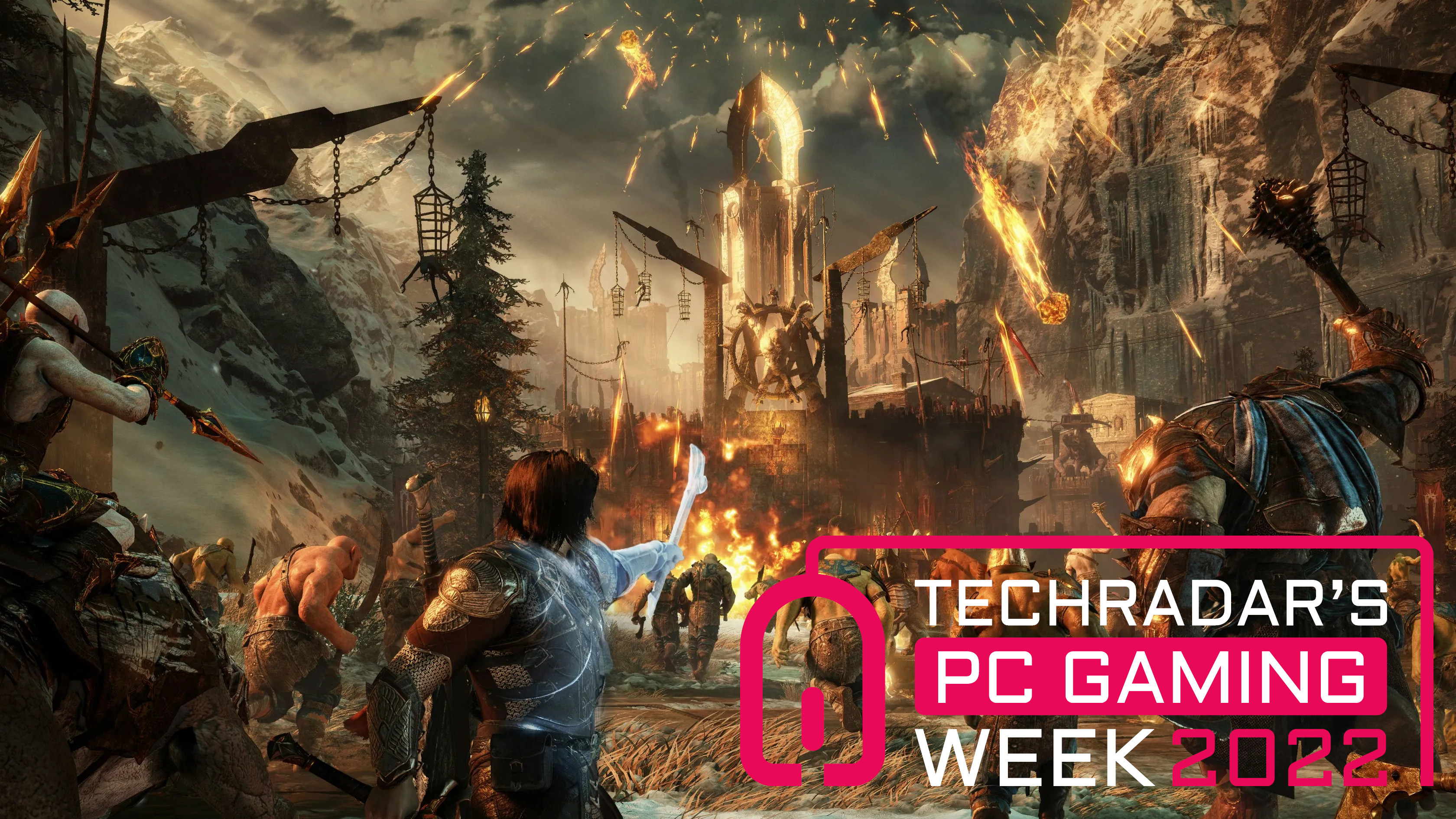
Middle Earth: Shadow of Mordor and its sequel reshaped my expectations for a Lord of the Rings title. While it had a story that provoked Tolkien fans and an excellent combat system, its biggest strength was its reinvention of emergent storytelling. The now-patented Nemesis system put you right in the middle of a warring orc hierarchy, letting you shape their stories as they shaped yours. And while the patent means that developers will have to go through hoops to adopt similar systems, this roadblock doesn’t necessarily apply to the Warner Bros umbrella.
Combining the Nemesis system with fighting games like MultiVersus and Mortal Kombat would throw balance out the window and grant me an uppercut to the jaw from their respective fanbases. And while Gotham Knights and the upcoming Wonder Woman titles are perfect matches for nemesis-fueled fistfights, Warner Bros owns other franchises that gel with its story-shaping conflicts just as well. Here are some Warner Bros games that could reinvent their respective genres with the help of the Nemesis system.
Picture Hitman games with targets that learn to counter you
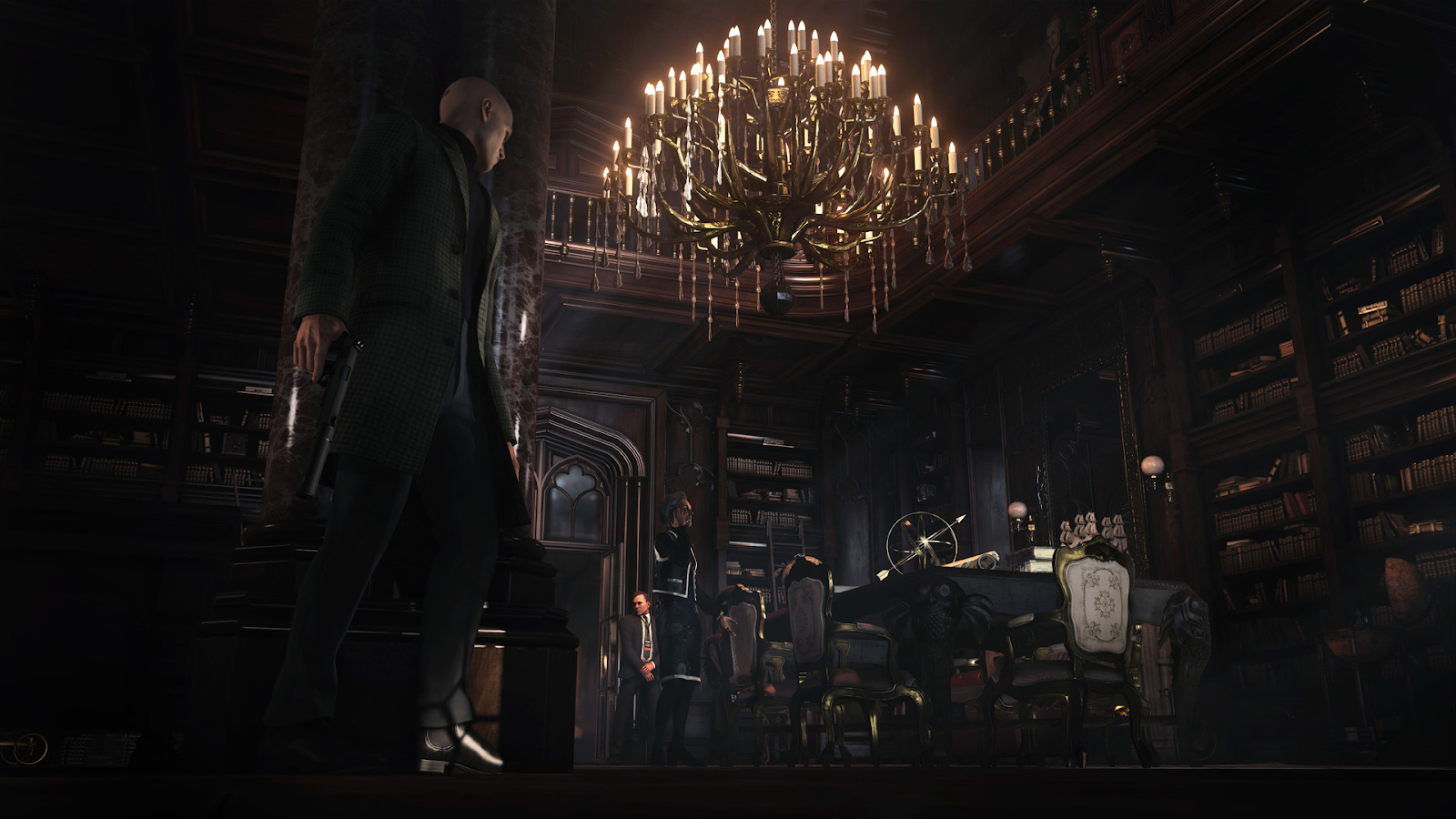
Agent 47 excels at making the most of his environment. The Hitman titles have consistently decorated their stages with gorgeous settings chock full of interactive objects. But what if the environment learned from its mistakes? If you’re into explosions and poisoning, you might find fewer such opportunities as you progress. Guards could come prepared to counter tactics you’ve become too fond of.
If they return from previous missions, they’ll be more than eager to take you out. Turning silhouettes in the shadows into names and weaknesses is a power trip in itself. Tipping them a tidy sum or nabbing a disguise to influence their hierarchy could make every mission play out with a dizzying variety of outcomes.
A counter-assassin is another tempting option. Think of Julianna from Deathloop on protagonist Colt’s heels throughout the game. But this time, this AI-powered villain would monitor your every move, learning your weaknesses and bringing the right kind of firepower to the table. With each mission, their powers would grow as they watch you bring down target after target. It’s a tantalizing possibility that could bolster the ingenuity of the ever-evolving Hitman franchise.
Pair LEGO titles with the Nemesis system to shake franchises up
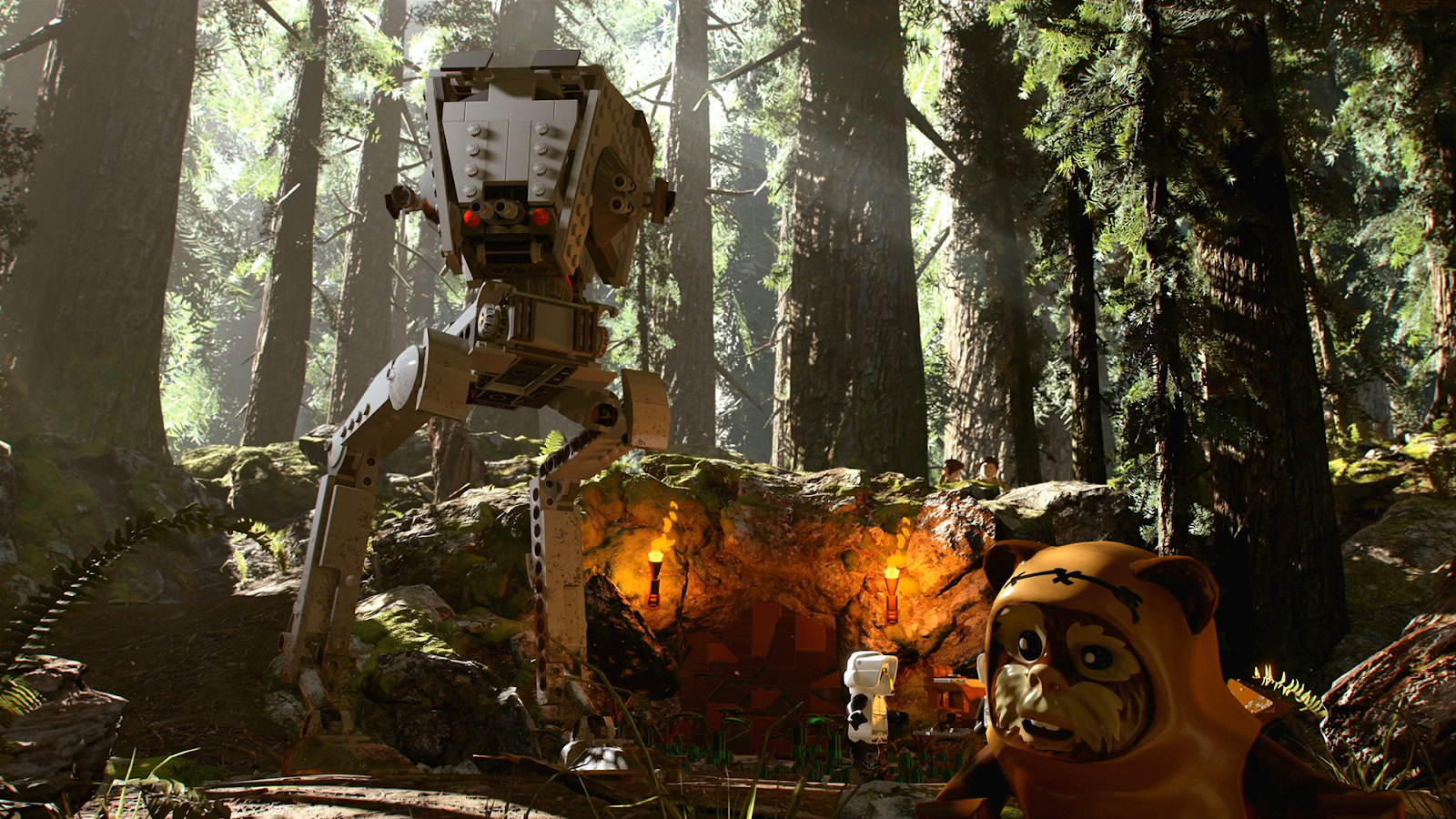
LEGO’s brand of fun isn’t just for kids anymore. With joyrides across franchises we know and love, the latest yellow brick road adventure didn’t have you following a single path. LEGO Star Wars: The Skywalker Saga offered a stunning open world, complete with a cast of iconic characters and a treasure trove of collectibles. It even had a decent combat system, both from shooting and lightsaber-swinging points of view. Enemies that scaled with the protagonist would serve as a meaty challenge between puzzles and momentous set-pieces.
Your foes of bricks could become immune to particular attacks, forcing a switch in weaponry or character to take them out. And with cheery unpredictability already the norm in LEGO titles, the Nemesis System would only crank up the action. With entries spanning across The Lord of the Rings, DC superheroes, and Star Wars, there’s no telling what mayhem a systemic enemy hierarchy could unleash. The Nemesis system could also be used to orchestrate the set-pieces and exploits of your allies, giving you a reason to keep them around.
Back 4 Blood’s monsters could level up alongside your squad
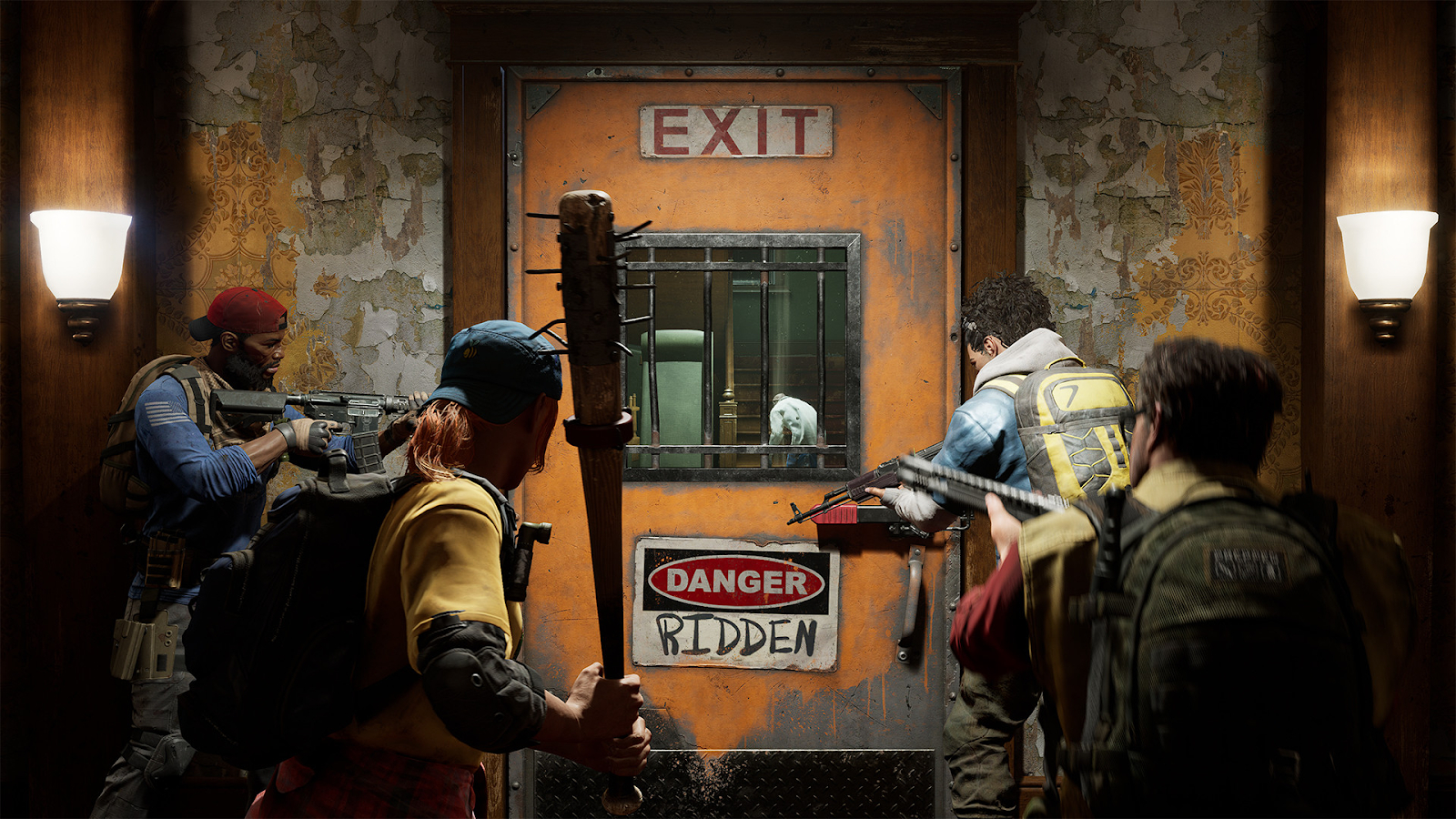
Left 4 Dead’s DNA is alive and well with spiritual successors like Back 4 Blood and Warhammer 40,000: Darktide attempting to satisfy that particular mob-slaying itch. All these games feature mini-bosses capable of stunning or causing serious harm to your ragged band of random internet strangers. Left 4 Dead 2 remains at the top of the mob pile, with a dynamic AI “director” that kept pacing tight and the enemies merciless. A Nemesis director who mutated their beasts based on your team’s most effective strategies? Sign me up.
Sign up for breaking news, reviews, opinion, top tech deals, and more.
Back 4 Blood features a card-based perk system that serves double duty by providing its creatures random buffs. The Nemesis system would amplify these effects, taking away your favorite boons while powering enemies up just enough to keep things interesting. Foes could even target weaker players or launch coordinated attacks against stronger ones to devastating effect. The environment could react on its own to form barriers between players right before dropping customized threats on them. Dangerous odds only make revenge an even sweeter dish.
A Lord of the Rings strategy game with random heroes? Yes please
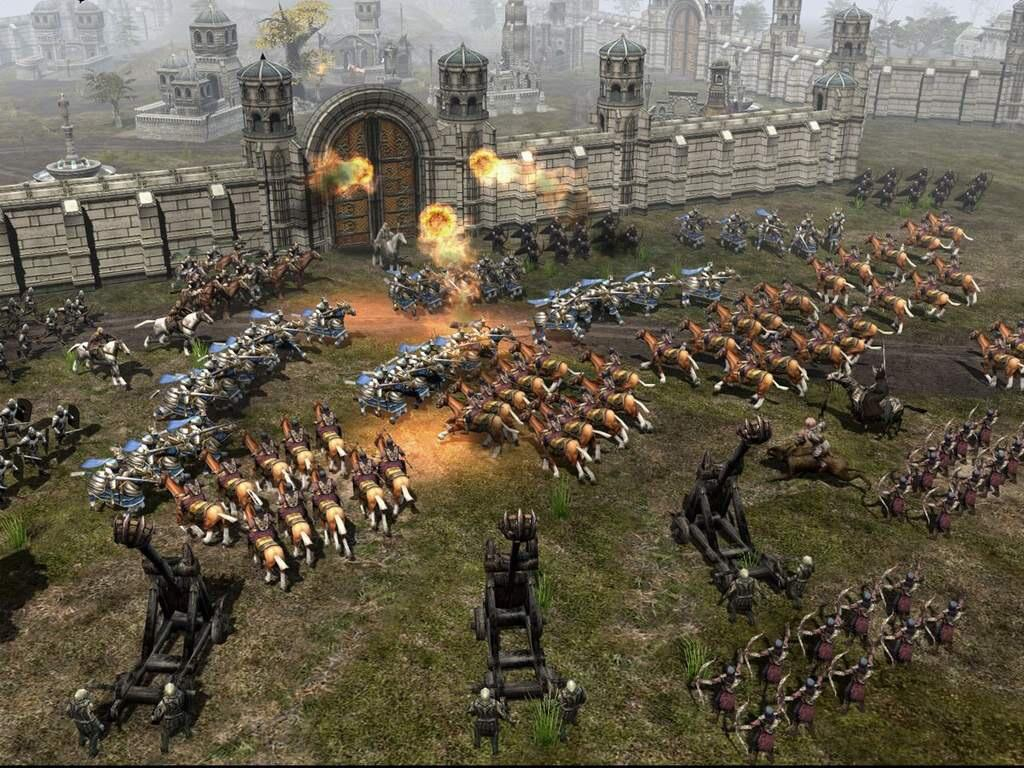
A real-time strategy game might sound like an unlikely pick for the Nemesis system. But indie gems like Age of Darkness: Last Stand and Against The Storm use roguelike elements to great effect as they elevate the genre’s risks and rewards. And let’s not forget WarCraft 3’s neutral enemies that would go on to birth the MOBA genre. The nameless soldiers you meet or train seldom have distinguishing appearances or traits, a strategy heirloom that doesn’t need to be passed on to newer titles.
Command and Conquer had troops that leveled up with battle experience but that very system could be augmented with strengths and weaknesses accumulated over time. Your elven rangers might start out with nimble feet but constant ambushes could make them wary. By the same token, your troops could grow weary of battle. Random modifiers could affect troops based on their pasts as well. Push them too far and they could switch sides, becoming the limbs of your failed strategy to haunt you. Non-player factions could grow and compete without your influence, akin to titles like Total War and Crusader Kings.
While gatekeeping a new gameplay framework isn’t ideal, I hope Warner Bros puts the Nemesis system patent to good use. While it serves as the key force behind Shadow of Mordor’s success, it could shake up several other genres if done right. Having the personification of your mistakes stare you down will always be an unsettling experience. And with several projects already under their belt, the Nemesis system might just be the silver bullet that raises Warner Bros to the reverence offered to studios like CD Projekt Red and Sony Santa Monica.

Antony is a freelance contributor at TRG. His writing warps from shooters and strategy games to fiction (to-do lists). Antony's words have found a home across sites like IGN, Rock Paper Shotgun, and Kotaku AU. You'll spot him thriving at both chaotic LAN parties and silent libraries. Or on Twitter.